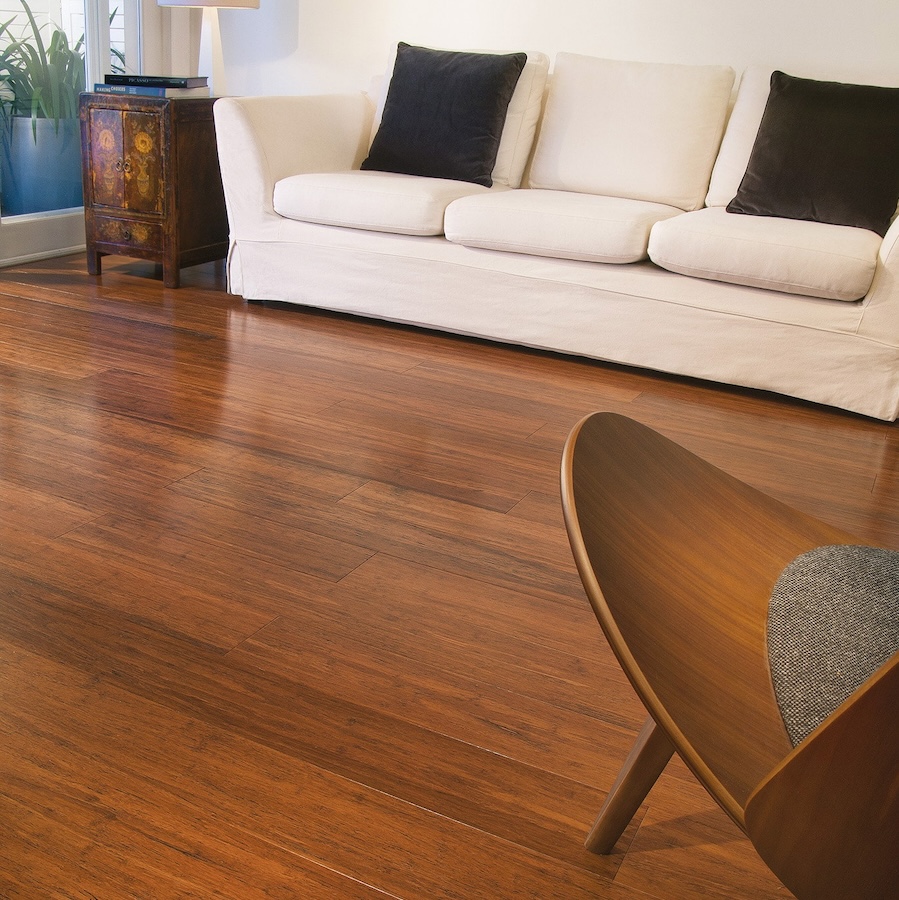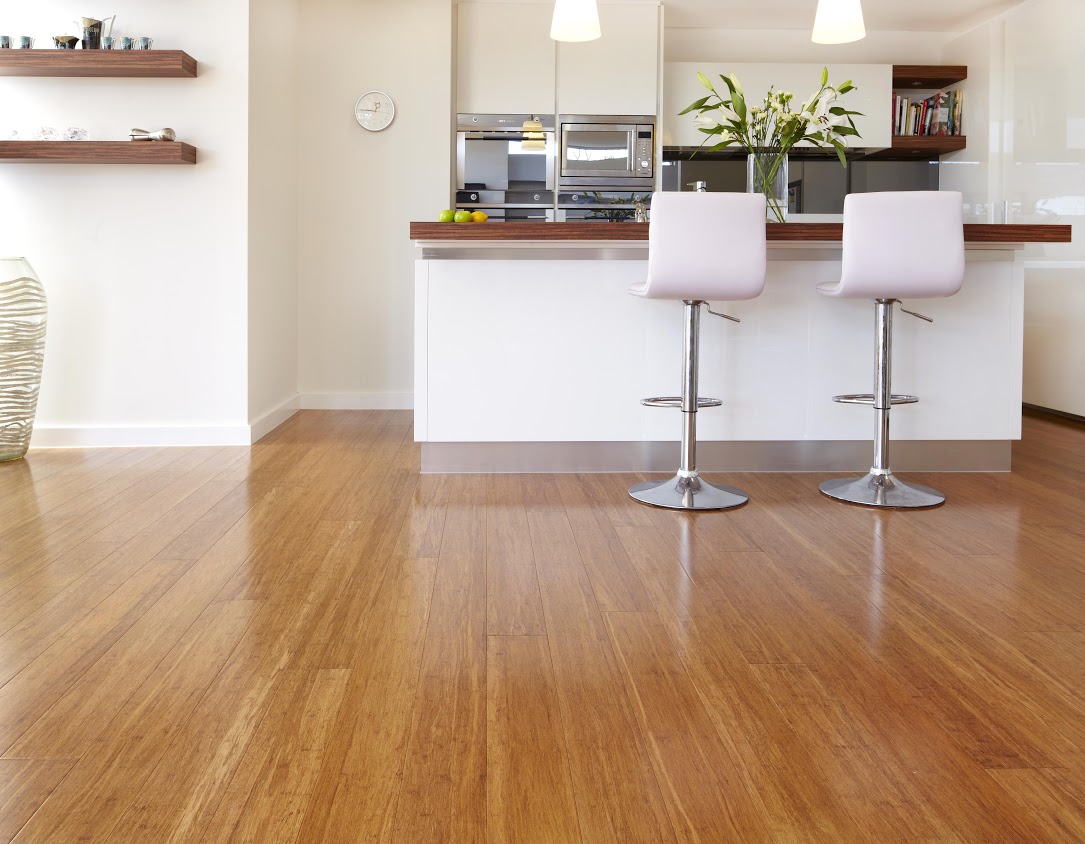
1850mm x 137mm x 14mm

1850mm x 142mm x 14mm
Bamboo flooring is made from the fibers of the bamboo plant, which are compressed and processed into planks. It typically comes in three main types: solid bamboo (made from strips of bamboo), engineered bamboo (layers of bamboo bonded to a backing layer), and strand-woven bamboo (fibers are woven together and compressed under high pressure).
Bamboo flooring is known for its strength and durability. Strand-woven bamboo, in particular, is extremely hard and resistant to wear, making it comparable to or even harder than traditional hardwoods. However, bamboo is more susceptible to scratches and dents than some other flooring materials.
While bamboo is more water-resistant than some hardwoods, it is not entirely waterproof. Prolonged exposure to moisture can cause the bamboo to swell, warp, or develop mold. Therefore, it’s best used in areas where moisture is not a constant issue, and spills should be cleaned up promptly.
Bamboo flooring can be installed using several methods, including floating (click-lock), glue-down, or nail-down installation. This flexibility makes it suitable for a variety of subfloors and installation scenarios. Engineered bamboo is often easier to install than solid bamboo.
Bamboo flooring is generally hard underfoot, similar to traditional hardwood flooring. However, it does have some natural elasticity, providing a bit more give than some harder surfaces. Using an underlay can enhance comfort and sound absorption.
Bamboo flooring offers a unique and natural aesthetic, with a distinctive grain pattern that can range from subtle to more pronounced, depending on the type. It’s available in a variety of colors, from natural blonde to carbonized (darker) shades, making it versatile for different interior styles.
